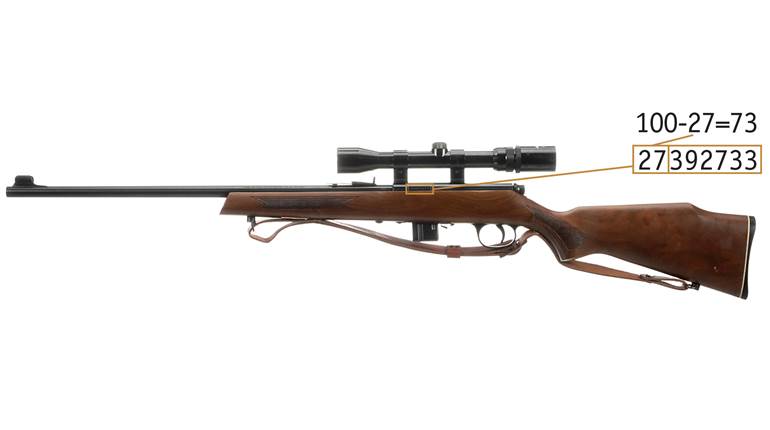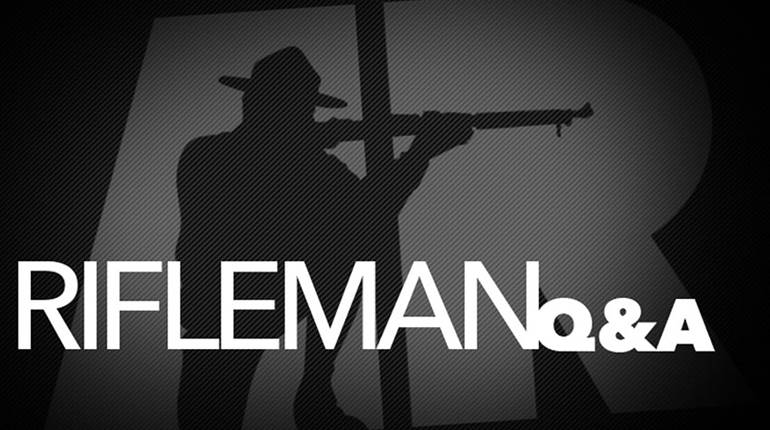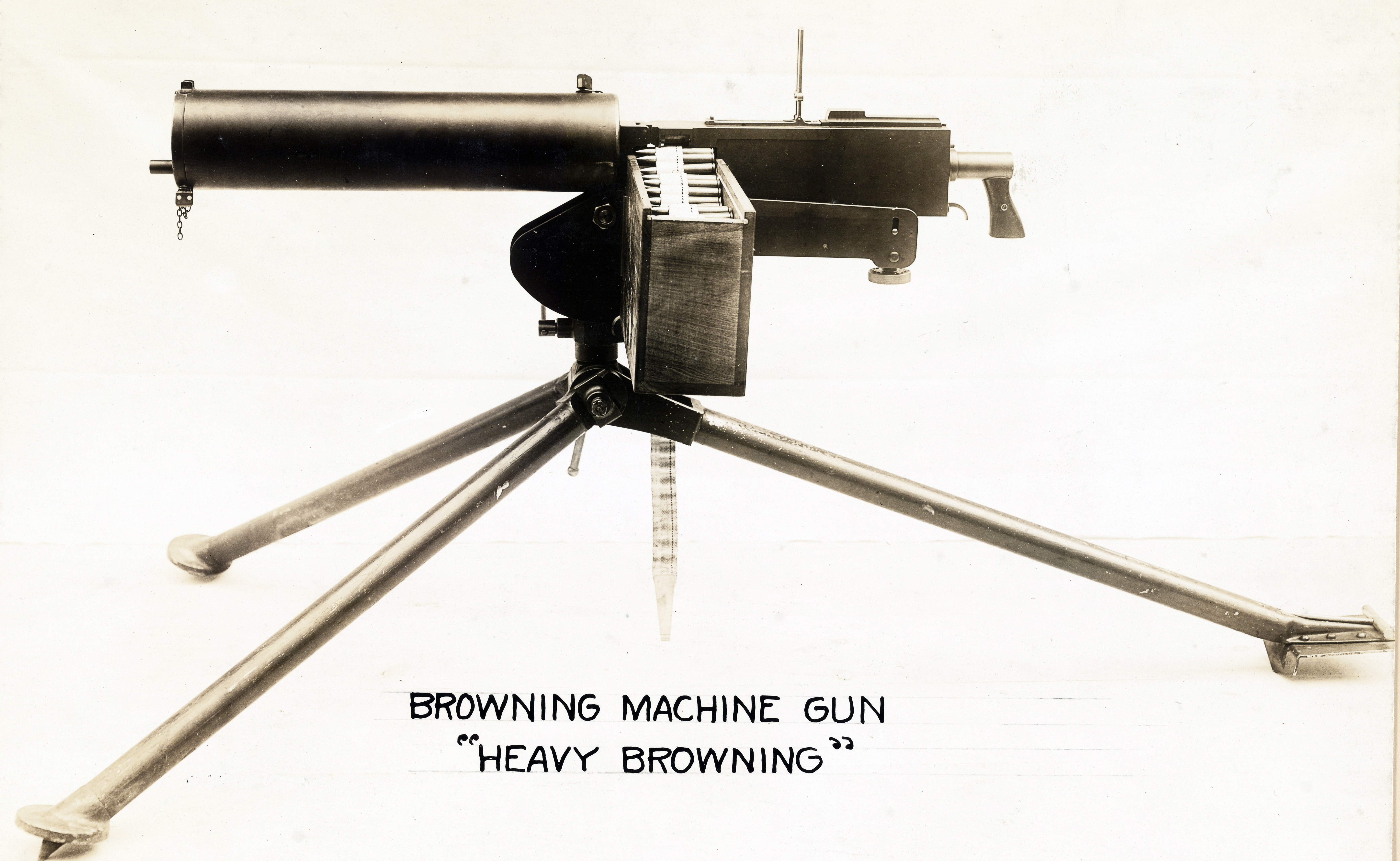
Q: I came across this photo of an M1911 pistol fitted with some sort of metal cage, presumably to catch the fired cartridge cases. Can you shed any light on this item?
A: In the early days of World War I, the use of military aircraft was in its infancy, and the type of firearms with which to arm pilots was the subject of some controversy and experimentation. Since aviators (pilots and observers) were generally armed with handguns, it was envisioned that pistols, such as the M1911 and other semi-automatics, might be useful. There was some concern, however, that the ejected cases might cause problems in the enclosed confines of a cockpit or damage the “pusher” propellers used on several types of aircraft of the era.
The pistol shown in the photo is an M1911 fitted with the “RFC Pistol Cartridge Case Deflector,” which was developed early in World War I by the London-based firm of William Evans Ltd. The “RFC” designation denoted the Royal Flying Corps, which apparently procured a number of these device for its aviators. The pistol was also fitted with a “Beesley” 20-round magazine extension. An advertisement by William Evans stated:
“This contrivance has been devised for the purpose of catching and holding the fired empty cartridge cases when ejected from the Automatic Pistols preventing the empty cases from falling on and damaging the various parts of aircraft. The cases are all caught in the wire cage which can be emptied at any convenient time by simply releasing the hinged door at the bottom of the cage.”
The U.S. Army may have tested similar devices, but apparently none were procured for issuance to American pilots during the war.




































